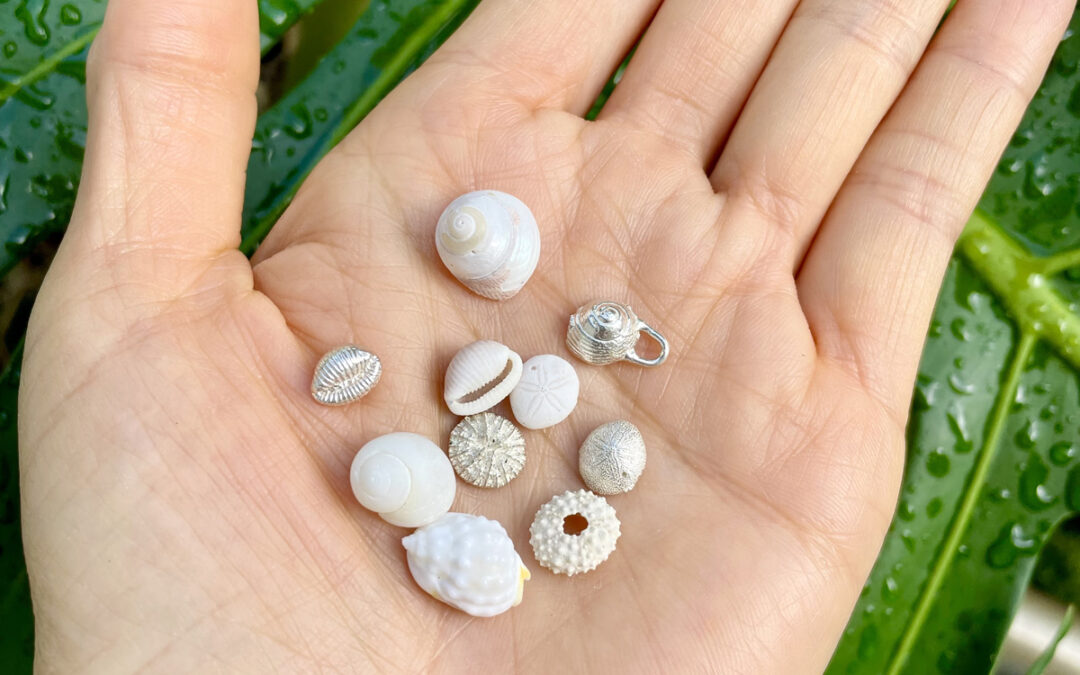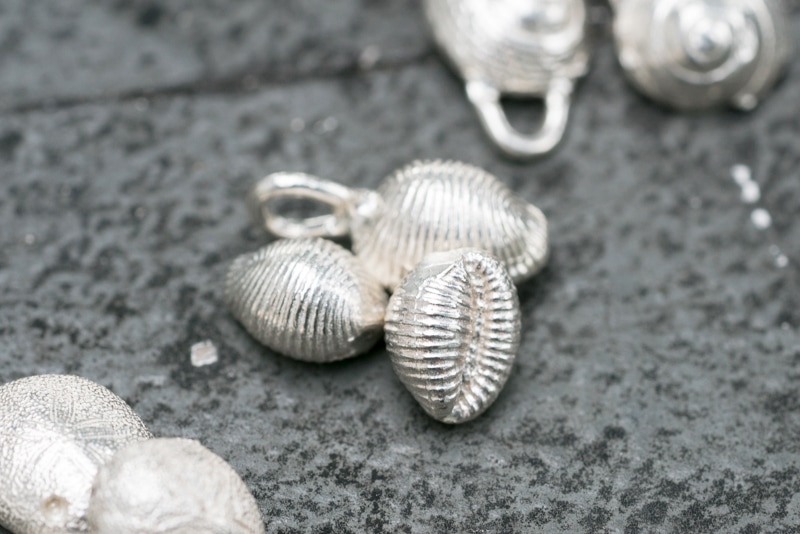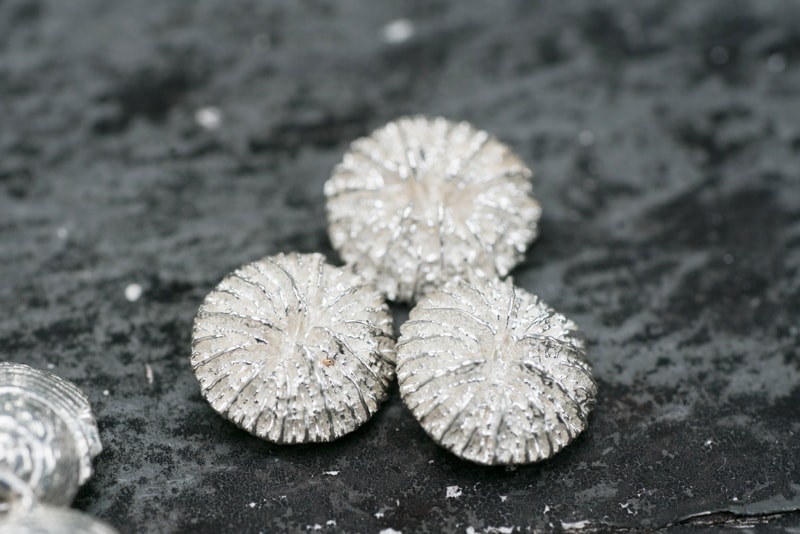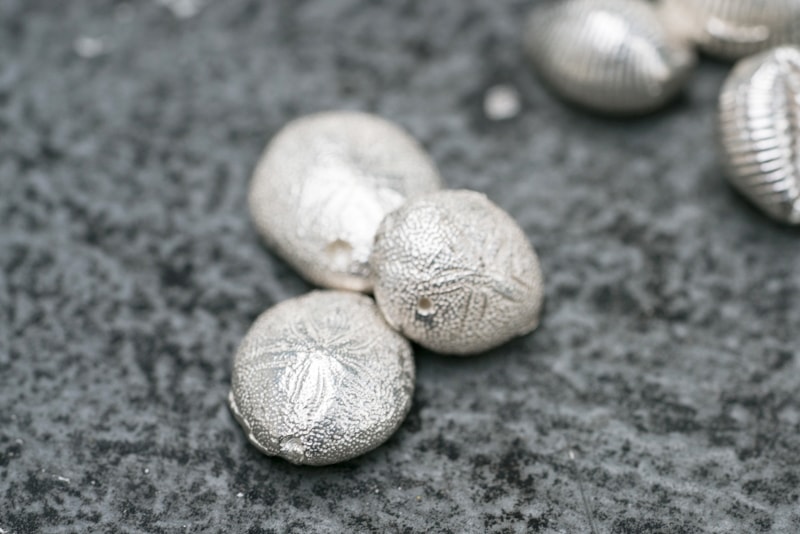|
I thought I would share a discussion we’ve been having with lots of people on instagram and in Hawaii about the plight of mollusks (you may know them as shells), and the overexploitation of reefs. To buy shell jewelry or not to buy? How can we make wearing shells more sustainable? Make your own choice, but read on for some food for thought. Shell Souvenirs & Jewelry But first, did you know that the vast majority of shells you buy were harvested LIVE and killed for their shells? (Please note this does not apply to sustainable, sand-picked Niihau shells) The animal is not used for food, but is instead dried, while alive, in the sun, then submerged in vats of oil and acid. Some species have gone extinct as a result. This is done by truckloads at a time. Surely there is a less cruel way to do this? Yet while alive, those little mollusks served a variety of ecological roles – anchors for life-giving algae and filter-feeding barnacles which help clean water. Some (like the queen conch) clean the water and most provide food for animals like sea turtles, rays, and some sharks. And scientists consider mollusks to be indicators of overall ecosystem health. (nat geo) But eliminating a market is not simple. Thousands of families are dependent on this market; their livelihoods are tied up in it. The only way to convince them to transition to another is if this one doesn’t exist – in other words remove the demand for shells. The only way to change is for you as a consumer to stop buying shells. |
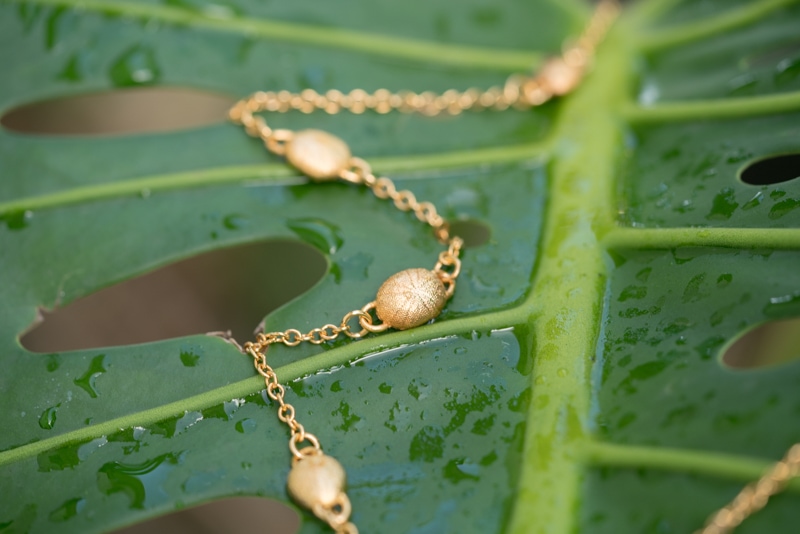
What about picking up empty shells?
Shells contribute to making sand, an important resource for fish and shellfish to live in – so removing shells by the bucket, or even by the handful is not advisable. Ideally we wouldn’t take any – in fact a study showed that increased tourism is directly correlated to an overall decline in shells. But most importantly, please leave behind cone and other spiral shells. Hermit crabs need them to survive, and as they grow, they switch into larger shells to fit them. Their bodies are relatively soft and they need the shells for protection. Sadly the right shell is a scarce resource on the reef. We sometimes see tiny crabs in huge shells (see photo below) – because its better to have a big shell than no protection at all.
So often we see ocean ‘marketplaces’ where creatures have figured out the most efficient way to distribute scarce resource. This happens with cleaner wrasses, but also amazingly, with hermit crabs. They are known to gather, line up in order of size and do a shell exchange. See it in this incredible footage by the BBC.
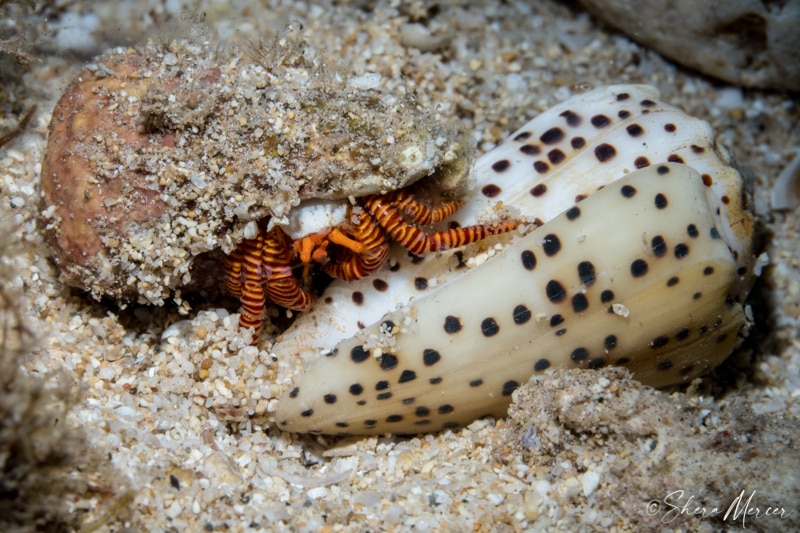
Cone shell hermit crab finds a better home
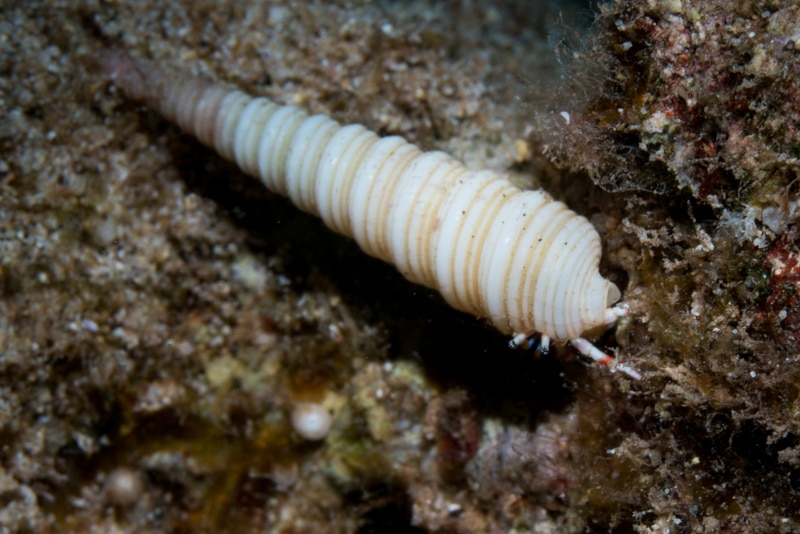
Tiny hermit crab in an awkwardly large shell
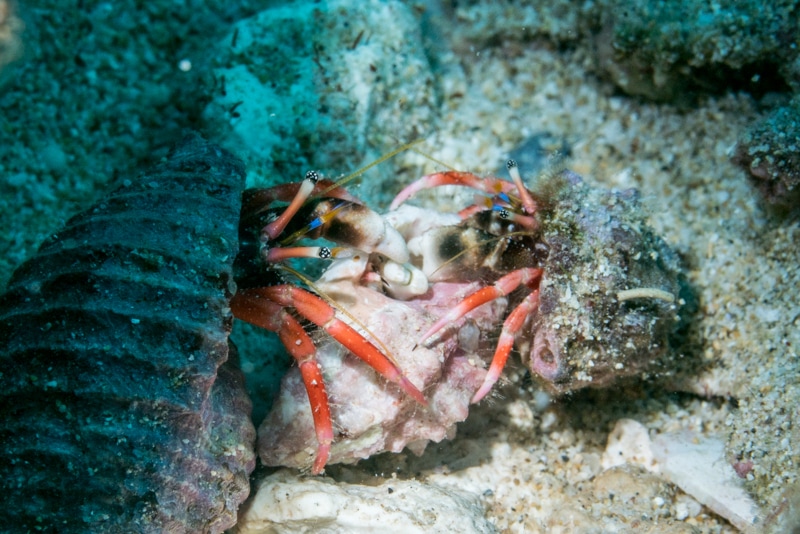
Three hermit crabs arguing
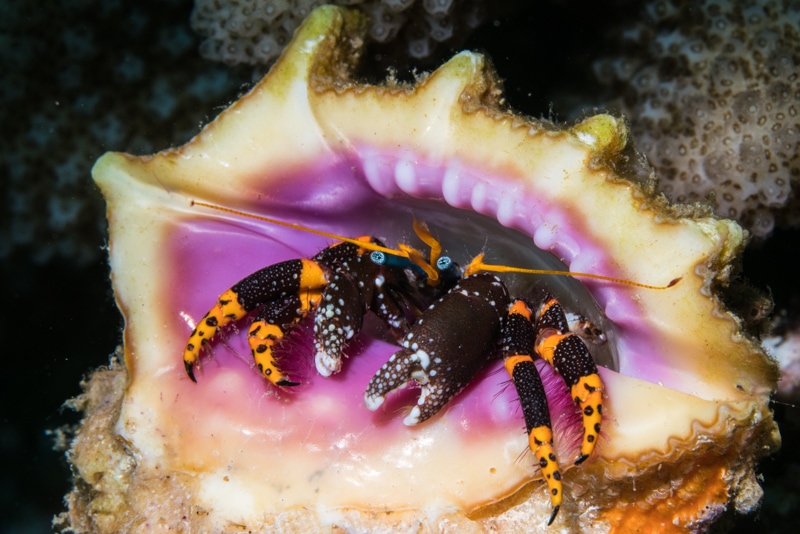
Painted hermit crab, posing
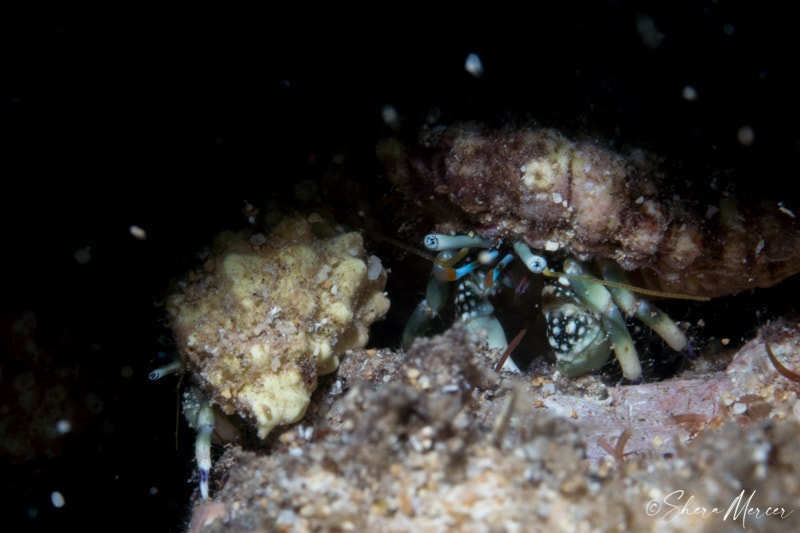
Green hermit crabs – maybe a shell exchange?
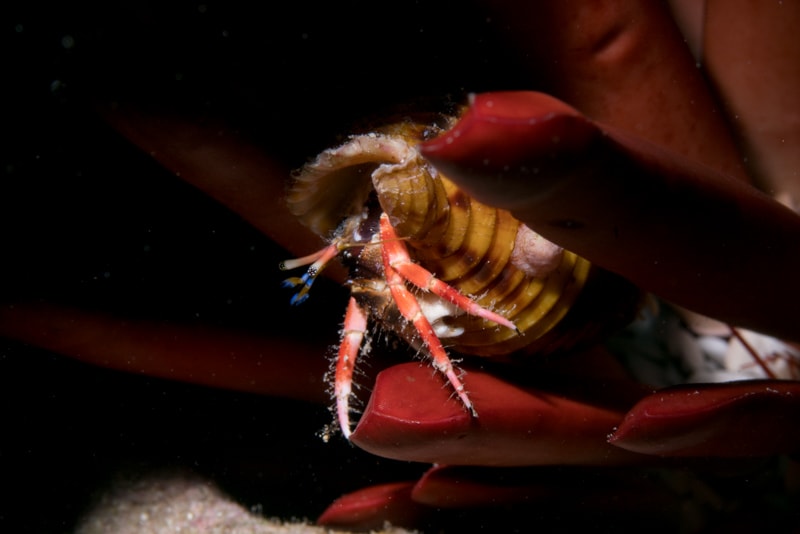
Laurent’s hermit crab
Great alternatives
At ‘Alohi Kai we only sell metal (silver, gold) shells because we don’t want to support (or even appear to support) a market we don’t believe in. I suppose early on when shells were more plentiful it was an inexpensive alternative to expensive jewelry. But these days we know there is an ecological cost.
A sustainable seashell alternative – If you love shells, why not try them in silver? Maybe in gold? They’ll last longer, won’t fade or crack, and we can even tell you the provenance of the shells you wear – slow fashion at its finest! When we make jewelry we carve our own masters, and often make our own molds. We use small shops for casting where we know them by name, and have a number of Wolf and Badger certifications on our sourcing and ethics. And we’ll be giving hermit crabs and mollusks a better chance at survival.
Want shell jewelry you don’t see? Send us a note and let me know what you’re looking for. A customer recently did just that – see how I made his daughter’s new earrings.
